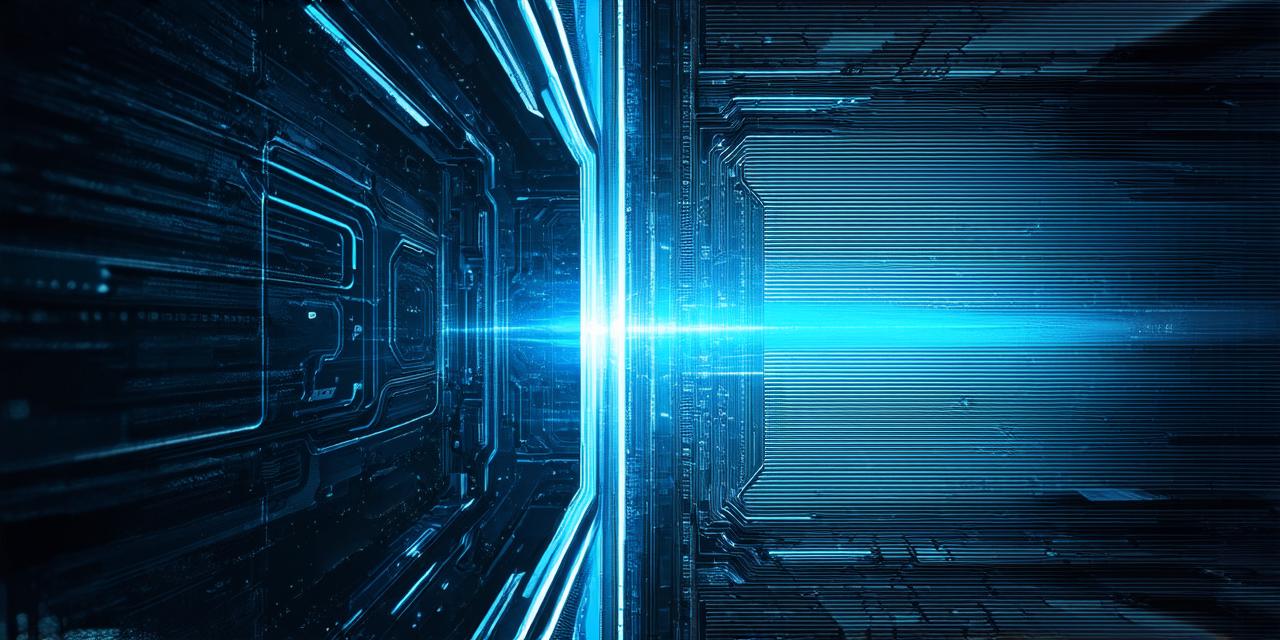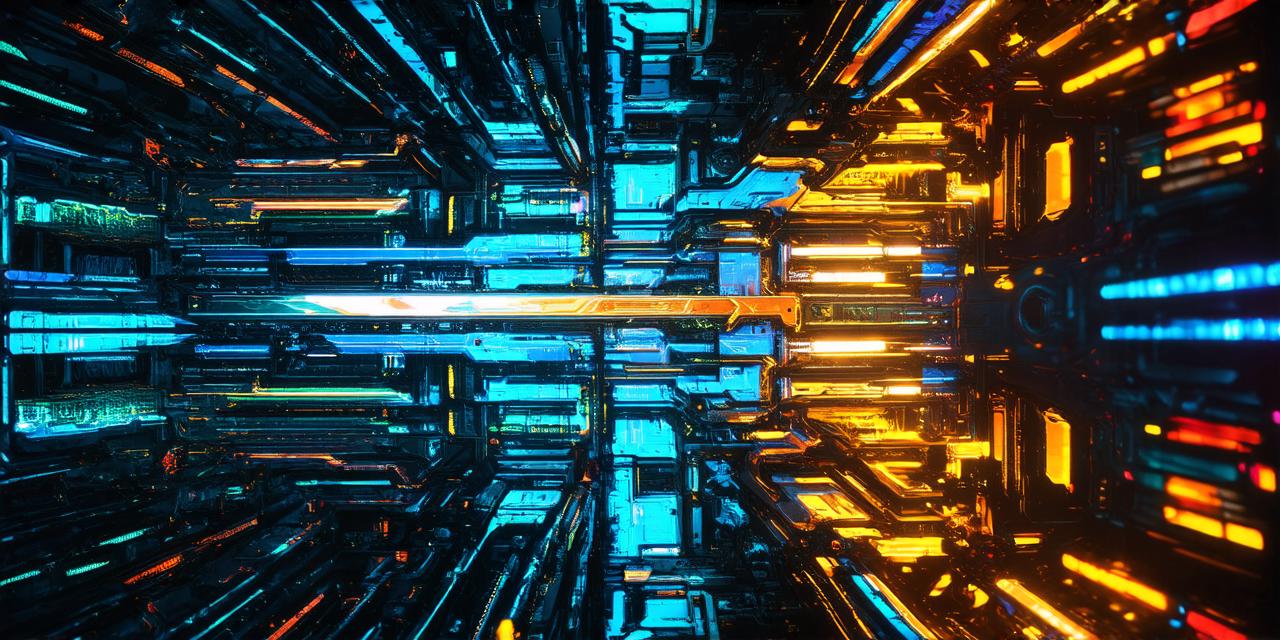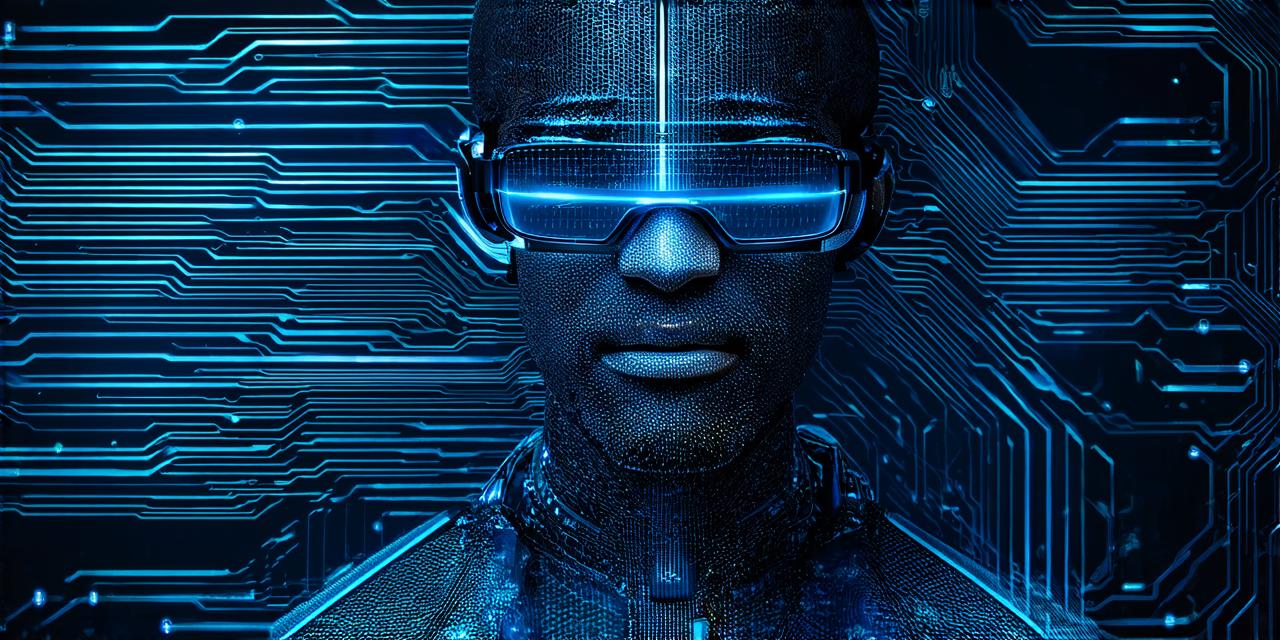Spatial Computing: An Overview
Spatial computing involves the use of advanced algorithms and computational models to simulate and analyze three-dimensional environments. It has been used in a variety of applications, including gaming, robotics, and VR. Spatial computing allows users to interact with virtual objects and environments in real-time, creating a highly immersive experience.
Mixed Reality: An Overview
Mixed reality involves the integration of digital elements into the physical world. It combines computer-generated imagery (CGI) with real-world data to create a hybrid environment that blends the virtual and physical worlds. Mixed reality has been used in a variety of applications, including entertainment, education, and healthcare.
The Differences between Spatial Computing and Mixed Reality
While both spatial computing and mixed reality involve the manipulation of three-dimensional spaces, they are not synonymous. There are several key differences between the two technologies:
-
Realism: Spatial computing is focused on creating highly realistic simulations of three-dimensional environments, while mixed reality is focused on integrating digital elements into the physical world. Mixed reality experiences may be less realistic than spatial computing simulations because they rely on real-world data and are subject to environmental factors such as lighting and texture.
-
Interactivity: Spatial computing allows users to interact with virtual objects and environments in real-time, creating a highly immersive experience. Mixed reality, while also immersive, may be less interactive than spatial computing because it relies on the integration of digital elements into the physical world, rather than direct user interaction with virtual objects.
-
Applications: Spatial computing has been used primarily in gaming and robotics applications, while mixed reality has been applied to a variety of industries, including entertainment, education, and healthcare. While both technologies have overlapping applications, they are not interchangeable.
Conclusion
Spatial computing and mixed reality are two emerging technologies that involve the manipulation of three-dimensional spaces. While they share some similarities, they are not synonymous. Spatial computing is focused on creating highly realistic simulations of virtual environments, while mixed reality is focused on integrating digital elements into the physical world. Both technologies have unique applications and offer exciting possibilities for the future of immersive experiences.



